



The DALI Alliance’s strategy is to enable both wired and wireless connectivity for DALI, providing flexibility, choice and creative freedom for lighting designers, OEMs, and system integrators. Many factors determine whether wired or wireless (or a combination of using both) is the best option for a project.
There are two distinct approaches:
First, we are standardizing Wireless to DALI Gateways. These enable DALI lighting products to be incorporated into non-DALI wireless ecosystems.
The second approach is Wireless DALI, where devices communicate using existing DALI commands, carried over a wireless medium.
Find out more in our recent Blog article:
The DALI Alliance has published new connectivity specifications :
Wireless to DALI Gateways► Part 341 - Bluetooth Mesh to DALI Gateways ► Part 342 - Zigbee to DALI Gateways >> More on Wireless Gateways |
 |
Wireless DALI► Part 104 Changes & Additions (DALI+)
>> More on DALI+ |
|
|
What’s the difference between DALI Over Wireless and Wireless Gateways?
View answerDALI Over Wireless (also known as Wireless DALI) implements the DALI lighting-control application on top of an underlying wireless network. The devices in a DALI Over Wireless mesh network are DALI-based devices with wireless communication capabilities. There is no translation between DALI and the wireless protocol. It will also be possible to have a bridge between a wireless DALI network and a wired DALI network or luminaire. Wireless to DALI Gateways allow DALI lighting products to be incorporated into existing wireless ecosystems. The gateway effectively translates between DALI and the wireless protocol.
CloseWhich approach is better – DALI Over Wireless or Wireless Gateways?
View answerThere are many different application areas and use cases that can be addressed by combining DALI lighting control with wireless communication links. By working on specifications for both DALI Over Wireless and Wireless Gateway options, and by involving at several wireless protocols, DiiA is creating the necessary standardization that will provide choice for product developers, customers and other stakeholders.
CloseWhat is “Part 104” and can product developers already use it?
View answerThe term “Part 104”, which means Part 104 of the IEC 62386 standard, relates to DALI Over Wireless options. Yes, anyone is able to use Part 104, which is publicly available via IEC. Part 104 describes a number of transport alternatives—both wireless and wired—to the conventional wired DALI bus system. However, Part 104 lacks a number of critical details that will enable interoperability and certification, and these are addressed in the new DiiA Specification “Part 104 Changes & Additions”.
CloseWill you offer certification of wireless DALI products? How long will this take?
View answerYes, the goal of both DiiA activities—DALI Over Wireless and Wireless Gateways—is to establish certification programs in collaboration with the different ecosystem partners. Work is progressing, but it is too early to give a firm schedule for the start of certification.
CloseAre you working with established wireless protocols?
View answerYes, DiiA has signed liaison agreements with the Zigbee Alliance , the Thread Group and Bluetooth SIG. We have developed specifications for DALI to Wireless Gateways for Zigbee and, separately, Bluetooth Mesh. For DALI Over Wireless, our specification initially supports DALI with Thread as the wireless carrier. Support for other protocols may be provided in future.
CloseHow do you decide which organizations to work with, and which protocols to adopt?
View answerThe initial choice of protocols was determined by the priorities of DALI Alliance members. Further protocols may be supported in the future. Specification development and testing requires participation from our members on a volunteer basis.
CloseWhat’s the benefit of combining DALI with a wireless network?
View answerWireless networking has the potential to provide many benefits, not least the ability to integrate lighting with other building-management systems. However, the most widely-used wireless protocols were not developed with lighting as the main focus. In contrast, DALI was developed specifically for lighting and has a number of tailored features related to diming, colour control, sensing, emergency lighting, availability of luminaire, energy and diagnostics data, and many more. DALI is also based on a global standard. Other protocols cannot offer the same rich set of standardized, lighting-specific features.
CloseWill DALI work over Ethernet? What about WiFi?
View answerPart 104 describes a number of transport alternatives—both wireless and wired—to the conventional wired DALI bus system. One of the underlying communication protocols in Part 104 is User Datagram Protocol (UDP), which is related to Internet Protocol (IP). UDP enables several wired (e.g. Ethernet) or wireless (e.g. Thread, WiFi) options. The new specification supports DALI with Thread, which is a wireless, IP-based protocol. Other protocols may be supported in future.
Close